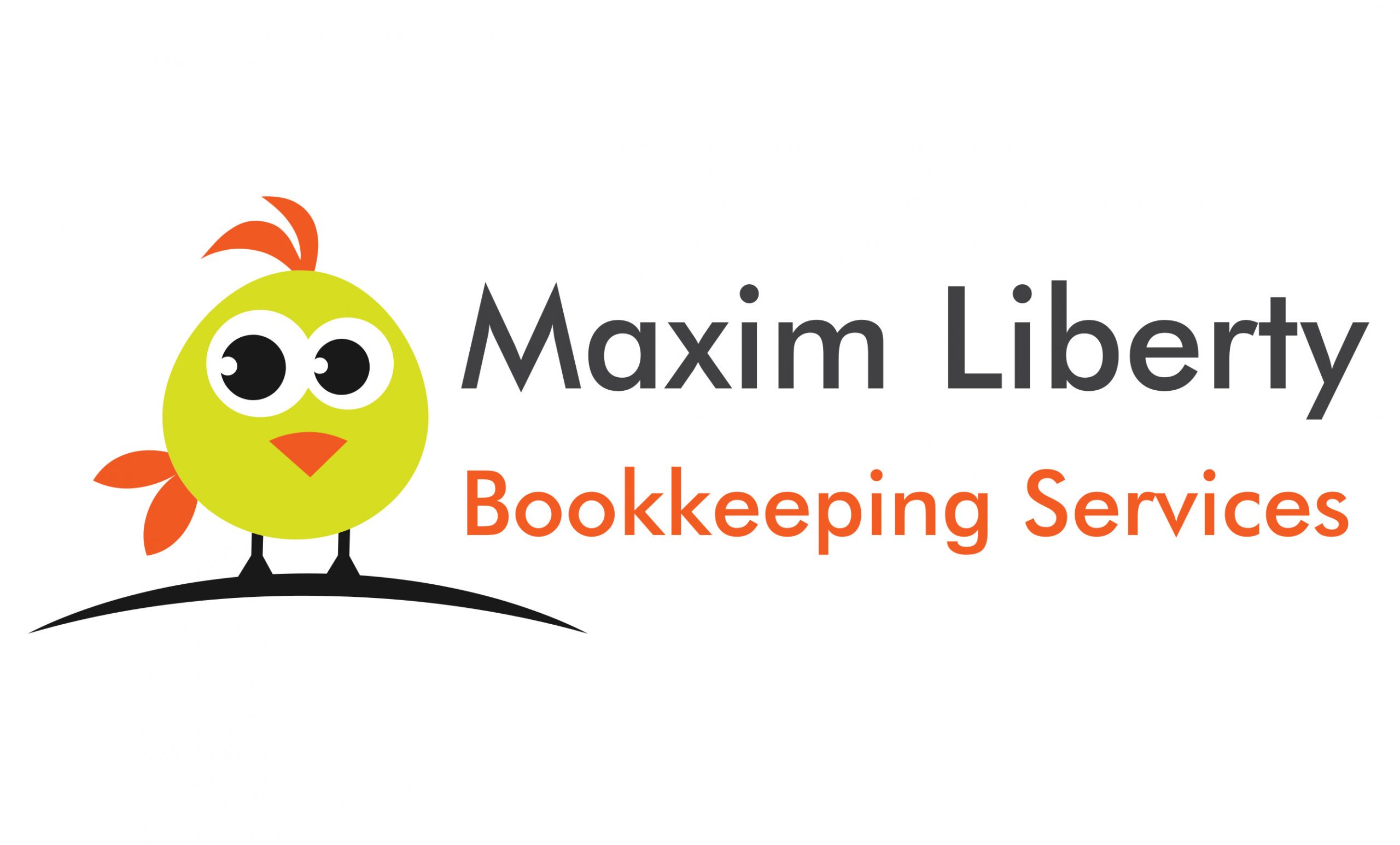Data entry and catch-up bookkeeping services are essential for businesses to maintain accurate and up-to-date financial records. These services involve the accurate recording and classification of financial transactions, which are necessary for making informed business decisions and ensuring compliance with regulatory requirements.
What is data entry?
Data entry is the process of entering and updating data into a computer system or database. Most financial websites allow for automatic download of transactions into bookkeeping software. In such cases, the data entry process is a lot easier. We can simply download the transactions directly into the bookkeeping system, fix the categories that the bookkeeping software defaults to and then proceed to bank reconciliations. However, in many cases, such downloads may not be available. It may be because the financial website only had the downloads for the past 18 months or so. In such cases, data entry is manual. We may be able to download the PDF statements or obtain the old PDF statements from the client. Once we have the PDF statements we can manually input that data into the bookkeeping system. Whether you are automatically downloading the data or manually entering the data, data entry can be time-consuming and tedious, especially when dealing with large volumes of data. However, accurate and timely data entry is crucial for businesses to keep track of their financial transactions and maintain accurate financial records.
What is catch-up bookkeeping?
Before we can proceed with regular updates to your books, we need to get you caught up. Catch-up bookkeeping refers to the process of bringing a business’s financial records up to date. This process typically involves entering historical transacations, categorizing the transactions, categorizing the transactions as necessary, reviewing the transactions and reconciling bank and credit card statements, recategorizing transactions based on client inputs, and making adjustments to account balances.
Catch-up bookkeeping is necessary when a business falls behind on its bookkeeping tasks or when it needs to clean up its financial records. This can happen for various reasons, such as insufficient resources, lack of time, or inadequate bookkeeping practices. The date for starting the entry of historical transactions really depends on your needs. For example, if you have a delinquent tax bill from 10 years ago, the catchup will have to start from the beginning of that calendar year from 10 years ago.
What’s the difference between catch-up bookkeeping and regular monthly bookkeeping?
Catch-up bookkeeping as the name indicates is about getting your books that have fallen behind caught up or up to date. All our plans include catch-up bookkeeping by default. However, it is not possible to keep books up-to-date and continue with regular monthly bookkeeping if you are books are not caught up. Once you have caught up though, we can proceed with regular updates using one or more of our monthly bookkeeping services that happens on a daily, weekly or monthly basis depending on your needs.
Why are data entry and catch-up bookkeeping services important?
Data entry and catch-up bookkeeping services are essential for businesses for several reasons:
- Accurate financial reporting: Accurate and up-to-date financial records are necessary for making informed business decisions and preparing financial statements.
- Compliance with regulatory requirements: Businesses must maintain accurate financial records to comply with tax and other regulatory requirements.
- Improved cash flow management: Accurate financial records help businesses track their income and expenses, which is essential for effective cash flow management.
- Better decision-making: Accurate financial records provide businesses with the information they need to make informed business decisions.
- Improved efficiency: Outsourcing data entry and catch-up bookkeeping services can free up time and resources for businesses to focus on core activities.
- Tax Filings: Get caught up with tax filings for previous years that you may have missed.
How do data entry and catch-up bookkeeping services work?
Data entry and catch-up bookkeeping services typically involve the following steps:
- Data collection: We collect all relevant financial documents, such as bank and credit card statements, invoices, receipts, checks, and other supporting documents. Usually, when you have fallen behind, most of the data is only available in old and difficult to read PDF documents.
- Data entry: The service provider enters the data into a bookkeeping system, categorizes the transactions, and reconciles the accounts. Since old PDF documents are difficult to read, it’s very hard to automate the data entry. So, manual data entry becomes essential.
- Catch-up bookkeeping: If necessary, the service provider performs catch-up bookkeeping to bring the business’s financial records up to date.
- Review and analysis: The service provider reviews the financial records and provides reports and analysis to help the business make informed decisions.
- Ongoing bookkeeping: The service provider may also provide ongoing bookkeeping services to ensure that the business’s financial records remain accurate and up to date.
Conclusion
In conclusion, data entry and catch-up bookkeeping services are essential for businesses to maintain accurate financial records and comply with regulatory requirements. Outsourcing these services can save businesses time and resources and help them make informed business decisions. If you are falling behind on your bookkeeping tasks or need to clean up your financial records, consider outsourcing data entry and catch-up bookkeeping services to a reliable service provider.
